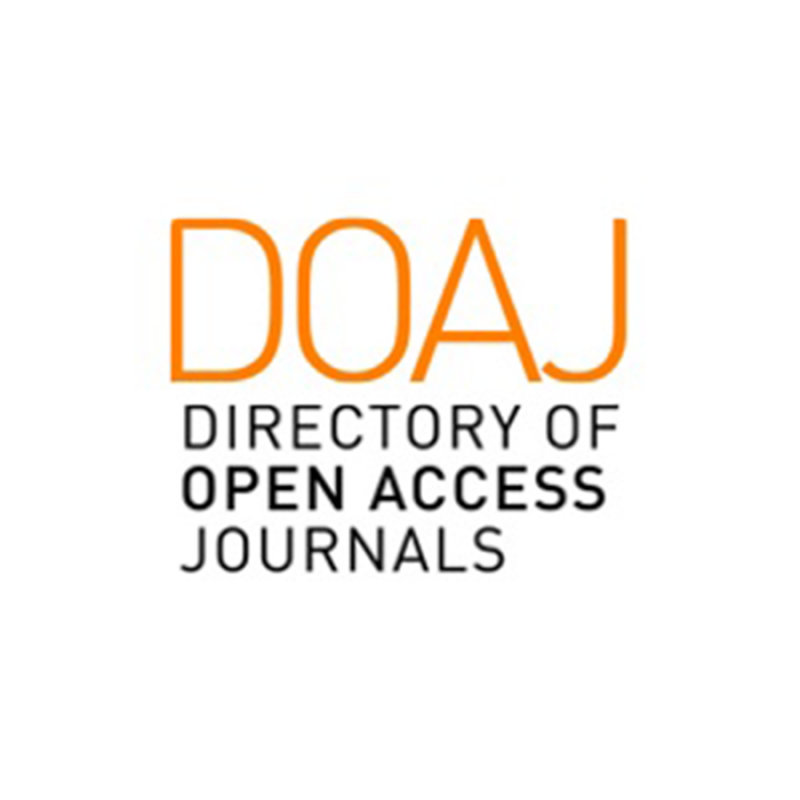Types of Articles
Types of Articles
The Al-Kindy College Medical Journal accepts a variety of manuscript types that reflect its multidisciplinary scope and commitment to advancing medical science. Each category serves a distinct academic purpose and contributes to the journal’s mission of promoting high-quality research, clinical insight, and scholarly discussion.
1. Editorials
Editorials are written by the Editor-in-Chief or members of the Editorial Board. They reflect the journal’s academic perspective on emerging medical issues, recently published articles, or topics of broad professional relevance. Editorials may occasionally be prepared in collaboration with authors from outside the editorial team upon invitation.
2. Review Articles
Review articles provide a comprehensive analysis and critical evaluation of current knowledge on a specific medical topic. Both narrative and systematic reviews are considered. Reviews should clearly define the scope, highlight recent advances, identify knowledge gaps, and suggest directions for future research.
3. Research Articles
Original research articles present novel findings, innovative methods, or new interpretations based on sound scientific principles. Manuscripts should be well-structured and include Introduction, Methods, Results, Discussion, and Conclusion sections.
4. Case Reports
Case reports describe unusual or instructive clinical cases that contribute to improved understanding of disease mechanisms, diagnosis, or management. Reports should include relevant background information and a concise review of related literature.
5. Letters to the Editor
Letters to the Editor provide short scholarly communications that may discuss previously published articles, present constructive criticism, or address issues of scientific or clinical interest. These letters should be factual, concise, and appropriately referenced.
6. Brief Communications
Brief communications are concise reports of original findings or preliminary data that are of immediate interest to the scientific community. They should include essential methodological details, key results, and a focused discussion highlighting the significance of the findings. The length is typically shorter than full research articles.
7. Commentaries
Commentaries are focused, opinion-based articles discussing new ideas, clinical perspectives, or significant recent findings. They may be invited by the editorial office or submitted directly by authors whose expertise aligns with the journal’s scope.













